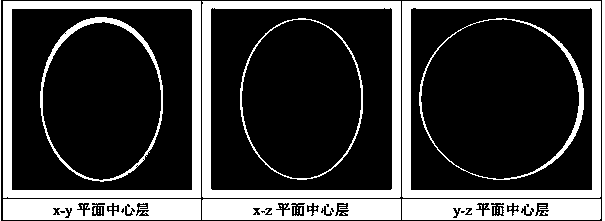CT image reconstruction back projection acceleration method based on OpenCL-To-FPGA
A CT image and back-projection technology, applied in image enhancement, image data processing, graphic image conversion, etc., can solve the problems of difficult cross-platform rapid migration, long development cycle, long development cycle, etc., to shorten the research and development cycle, reduce research and development Cost, Modification and Flexible Effects
- Summary
- Abstract
- Description
- Claims
- Application Information
AI Technical Summary
Problems solved by technology
Method used
Image
Examples
Embodiment Construction
[0028] The heterogeneous platform model constructed by this method is as follows: figure 1 As shown, the CPU is the host side, which is connected to one or more coprocessor devices (FPGA boards) through the PCI-E bus. According to the task assignment of the CT image reconstruction algorithm, the programming model can be divided into two parts, one is the main program executed on the CPU, and the other is the kernel function executed on the FPGA. Each coprocessor device is composed of multiple processing units, and various calculation operations are completed in the processing unit. The storage units on the coprocessor device are divided into three types, namely global memory, constant memory and local memory. The host side manages all computing resources on the entire platform. The main program defines the context and manages the execution of the kernel program on the FPGA. The application program sends computing commands from the host side to the processing units of each copr...
PUM
 Login to View More
Login to View More Abstract
Description
Claims
Application Information
 Login to View More
Login to View More - R&D
- Intellectual Property
- Life Sciences
- Materials
- Tech Scout
- Unparalleled Data Quality
- Higher Quality Content
- 60% Fewer Hallucinations
Browse by: Latest US Patents, China's latest patents, Technical Efficacy Thesaurus, Application Domain, Technology Topic, Popular Technical Reports.
© 2025 PatSnap. All rights reserved.Legal|Privacy policy|Modern Slavery Act Transparency Statement|Sitemap|About US| Contact US: help@patsnap.com



